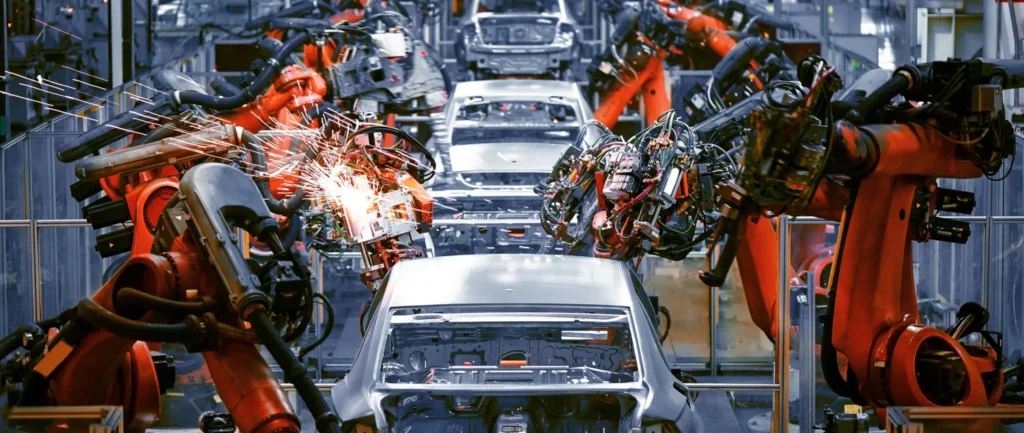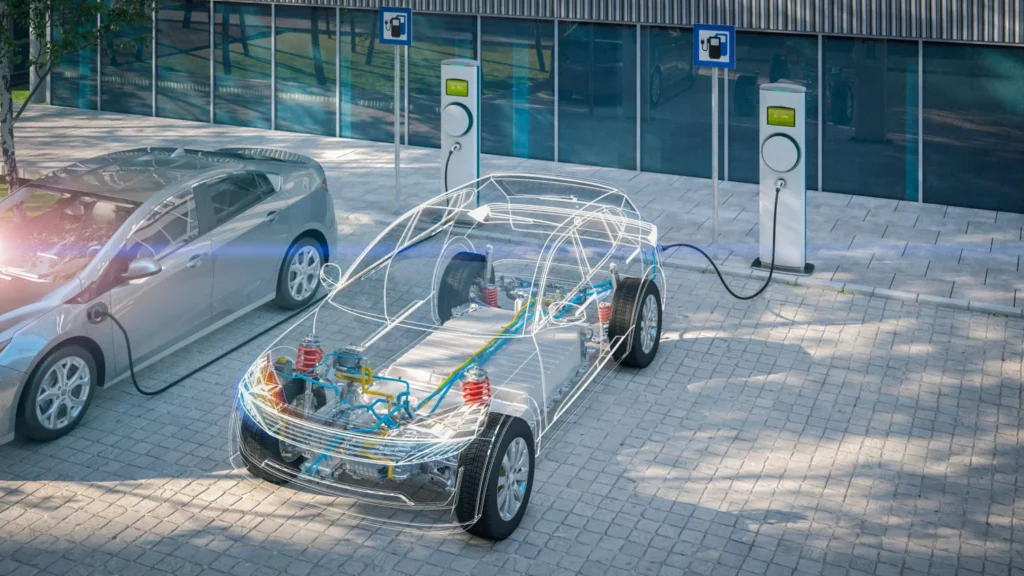EVs are the FUTURE

What is an electric vehicle (EV)?
Evolectric is here to give you all the basics when it comes to an electric vehicle (EV). An electric vehicle (EV) is any vehicle that is powered by a battery, uses at least one electric traction motor for propulsion, and is charged by an external energy source. These vehicles are part of our everyday life and are not just limited to standard automobiles. Some examples include trains, forklifts, scooters, bikes, vans, buses, golf carts, garbage trucks, trailer trucks, boats, planes, drones, lawn mowers, cranes, tractors and more! We are at a stage where EVs are growing quickly and many key automotive players are entering the market.
Where did it all start? – Evolution of Electric Vehicles
Electric vehicles have been around for as long as internal combustion engine (ICE) vehicles and were more popular than ICE vehicles in the 19th century. However, rapid advancements in ICE technology and mass production along with low oil prices led to an exponential adoption of ICE over electric vehicles. It wasn’t until the 1970’s that electric vehicle interest began to increase again. Due to higher oil prices and pollution concerns, the “Electric Vehicle Research, Development, and Demonstration Act” bill was enacted in 1976, after a presidential veto override (GovTrack.us, 2020). It was not until 1990 that a mass production car began to gain momentum. GM created a concept car called Impact that led to the infamous EV1, which began production in 1996.
The EV1 was the first modern electric car designed for a mass market. Beginning in 1996, General Motors built 1,117 of the cars and leased most of them to consumers in California, Arizona, and Georgia. The EV1 became the focal point of a national discussion about innovation and the promise of reducing air pollution and dependence on oil with electric cars. But in 2003 GM abruptly canceled the EV1 program, citing high production costs and a small market (AmericanHistory.si.edu, 2016).
Full EVs, also known as Battery Electric Vehicles (BEV), began building momentum again with the Chevrolet Volt in 2011 and the Bolt in 2017. However, the company that has finally taken BEVs to a new level with competitive production costs, addressing range anxiety, and generating global interest and demand is Tesla.
If there is one thing even Tesla skeptics would agree on it is that Tesla changed people’s perspective on electric cars. All electric vehicles before the Model S were, to put it mildly, unsatisfactory for any driver. They were plain ugly, they were heavy, and they took forever to charge. No wonder interest in electric vehicles was sporadic at best (Kern, 2020).

Where is the future of EVs headed?
EVs have not had an easy path to becoming mass-produced and highly adopted. We are still in the early phases of global adoption, but the speed of growth is currently exponential in comparison to previous periods in history. As we see an increase in the number of EVs on the road, we will benefit from a large decrease in air and noise pollution, lower total cost of ownership from a decrease of operating and maintenance costs, as well as an increase in useful life. Also, there will be a higher demand for electricity that can be filled by renewable and clean energy sources like solar. Lastly, regulations such as the ban of all new gas-powered car sales by 2035 under order by Governor Gavin Newsom aiming to reduce California’s greenhouse gas emissions and other forms of pollution will play a big role in the future EV industry. Download our Whitepaper to learn more!
https://evolectricnow.com/evs-are-the-future-and-here-are-the-basics-2/
